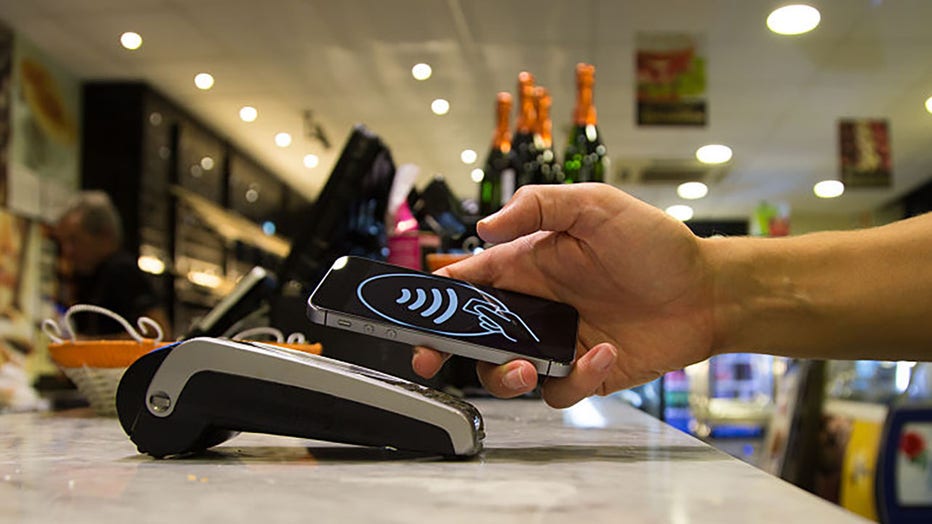What works, and what doesn’t, without cell service on your phone

Cellular outages reported across the U.S.
AT&T customers report a massive outage. Verizon and T-Mobile are also down for some. FOX 35's Morgan Parrish breaks down what's happening.
An AT&T cellular outage on Thursday left thousands of Americans nationwide scratching their heads and wondering what was wrong with their smartphone.
Customers with Cricket Wireless, T-Mobile, Verizon and others also reported outages, according to data from DownDetector. Service was restored around 3 p.m. Thursday and by 6:46 p.m. CT AT&T put out a statement on what they believed to be the cause of the outage.
"Based on our initial review, we believe that today’s outage was caused by the application and execution of an incorrect process used as we were expanding our network, not a cyber attack. We are continuing our assessment of today’s outage to ensure we keep delivering the service that our customers deserve," the company wrote in a statement.
Here’s what you can – and cannot – do on a smartphone while the cellular network is down.
Can I make and receive calls?
When the cellular network is unavailable, you can’t make normal phone calls. But you may be able to make and receive calls over a Wi-Fi network instead.
Wi-Fi calling is a built-in feature on many current smartphones. To see if this is available, go to your smartphone's settings and search for the feature.
Can I send and receive text messages?
When the cellular network is unavailable, you can't send and receive texts. However, you can if your phone is connected to the internet – assuming your internet is not based on cell service.
If you have Wi-Fi, you can also use an internet-based message app like WhatsApp.
Can I send and receive emails?
Similar to calls and texts, you can send and receive emails on a phone that’s connected to Wi-Fi. Of course, email can also be accessed via a laptop or desktop computer connected to the internet as well.
Meanwhile, Google has introduced an "offline" mode for Gmail, allowing users to read, respond to, and search for messages even when they aren't connected to the Internet.
To access Gmail offline, you’ll need to download Chrome. You can only use Gmail offline in a Chrome browser, according to the company.
- Go to Gmail offline settings.
- Check "Enable offline mail."
- Choose your settings, such as how many days of messages you want to sync.
- Click Save changes.
Can I use Tap to Pay on my phone?

FILE - Man doing a contactless payment with smartphone at a bakery. (Credit: Getty Images)
Yes, tapping to pay – be it Apple Pay, Google Pay, or another – is a wireless way for customers to make a purchase with their phone, and you do not need cell data or Wi-Fi to use it in stores.
The technology uses short-range wireless near-field communication (NFC), a specialized type of radio-frequency identification technology, to make secure payments between a payment-enabled mobile phone and the checkout terminal.
However, that terminal must also have internet access.
Can I pay with a credit card?
Probably. Credit card processing requires the internet, and many stores use hard-wired internet for that service. But some merchants – especially mobile shops, but even some brick-and-mortar stores – use standalone credit card terminals that rely on cellular connections. Those might be down in a cell service outage.
Will maps and directions work?
Apple Maps and Google Maps generally require an internet connection to work. Your GPS is satellite-based and can still tell you where you are, but that location information may not be helpful without a base map to match it with – or to tell you how to get somewhere else.
If you know you are going somewhere without internet access, you can download Google Maps data ahead of time and save it in your phone.
Apple Maps will save your route if you have internet when you are getting ready to leave but lose your connectivity along the way. Getting home could be tough; you won't be able to load a new destination without a connection.
Can I use Find My Friends?
Yes, you can use Find My Friends, but only if the device is connected to Wi-Fi.
What is ‘SOS,’ ‘SOS only?’
During the outage on Thursday, smartphone users reported seeing SOS or "SOS only" in the status bar. This means the device isn't connected to a network, but the phone users can still make emergency calls.
However, many reported being unable to dial 911 on Thursday morning – prompting sheriff departments nationwide to share their non-emergency numbers in case of an emergency.
This story was reported from Cincinnati.

